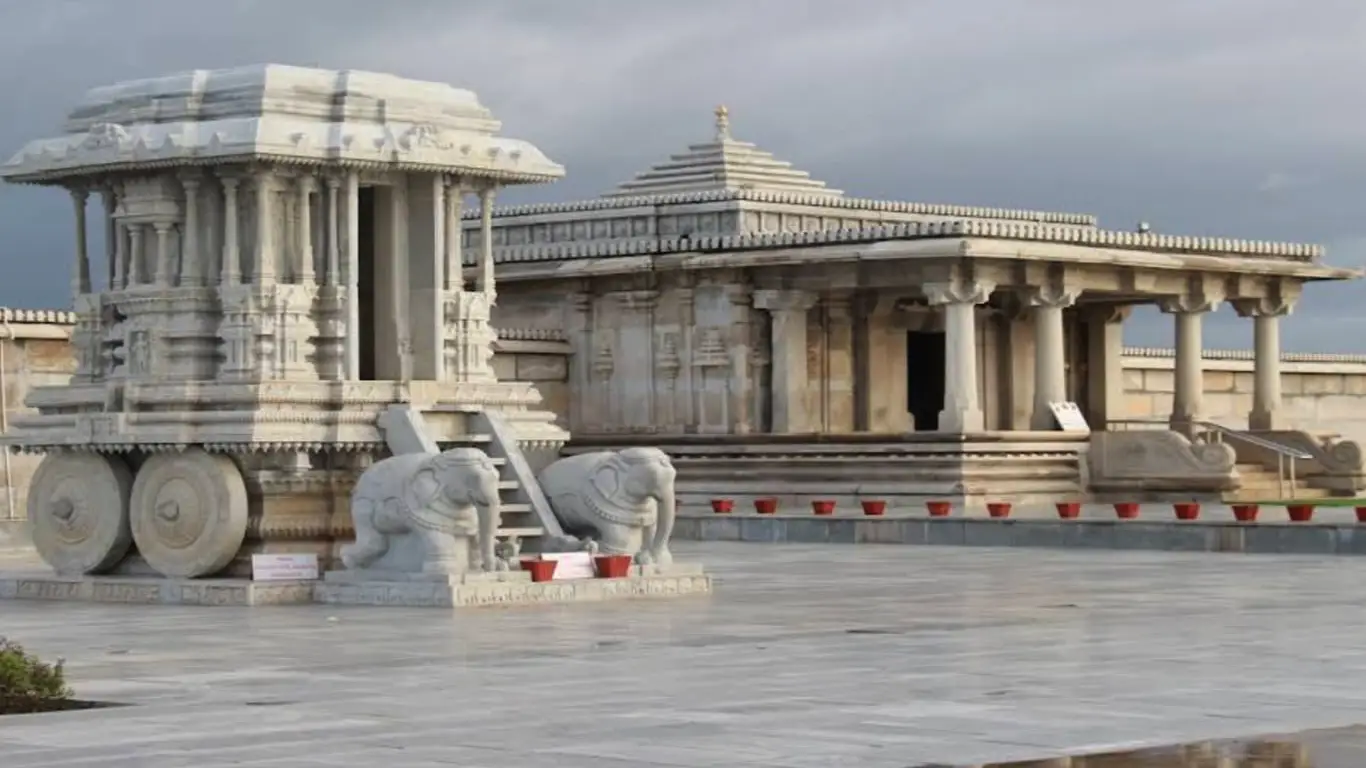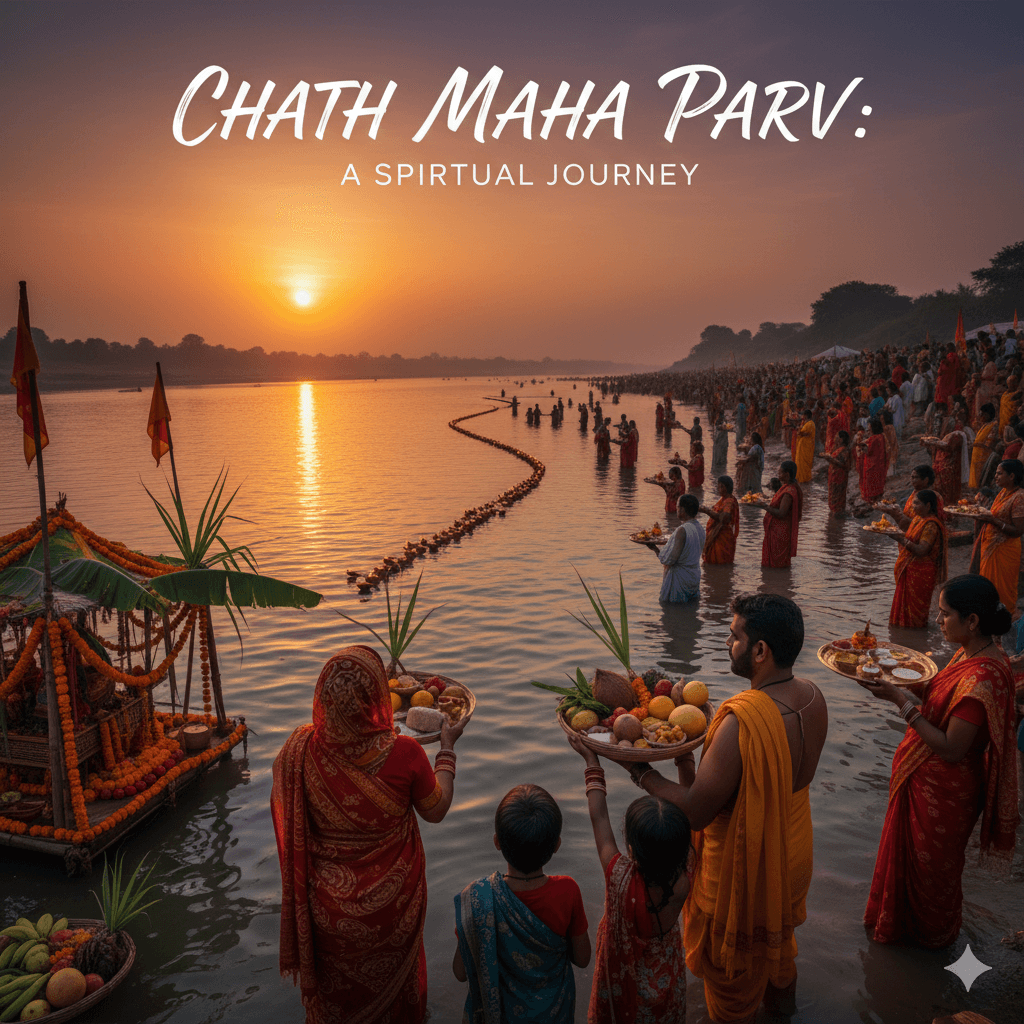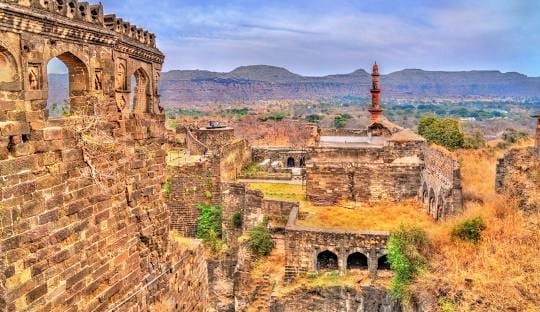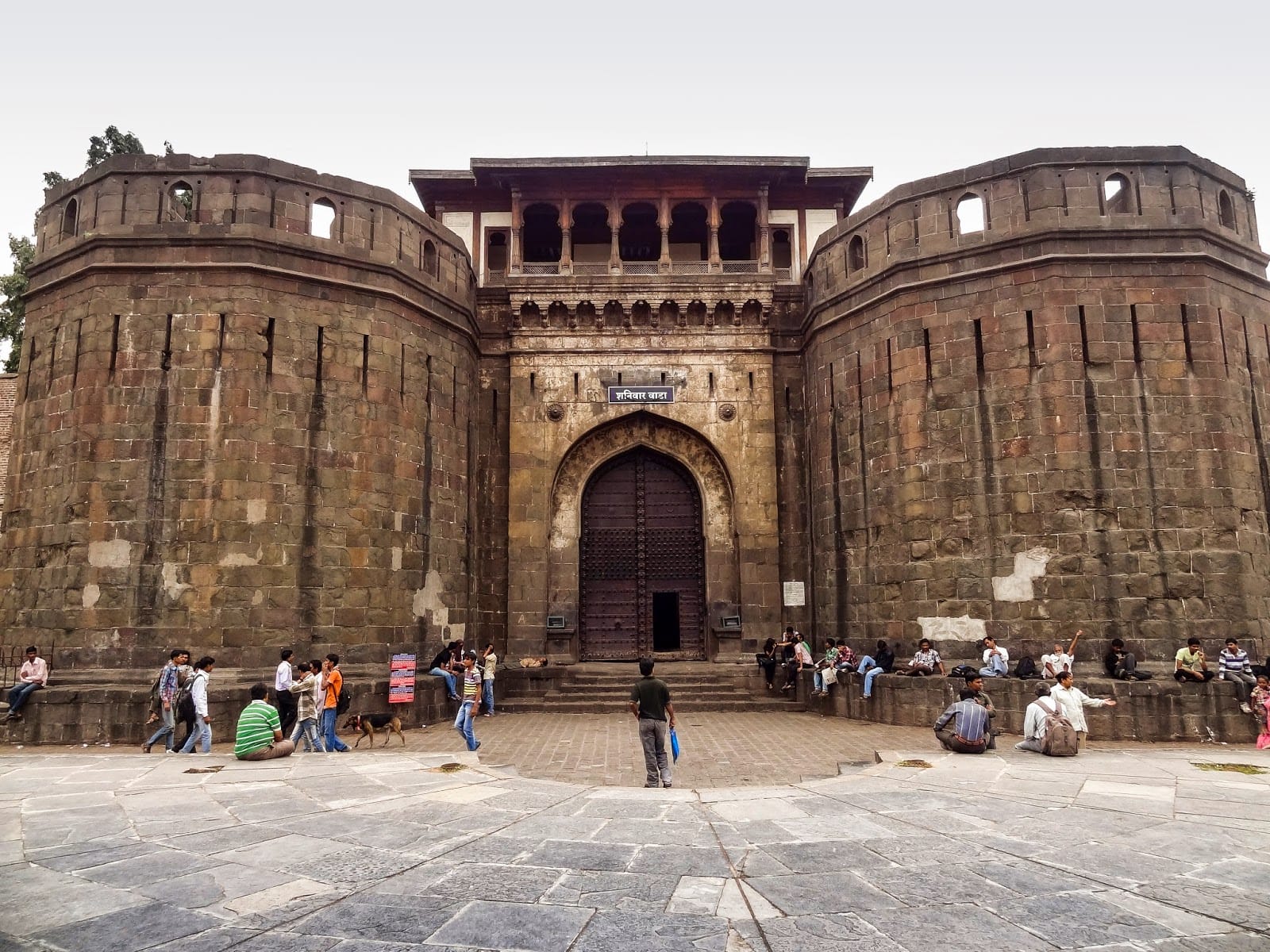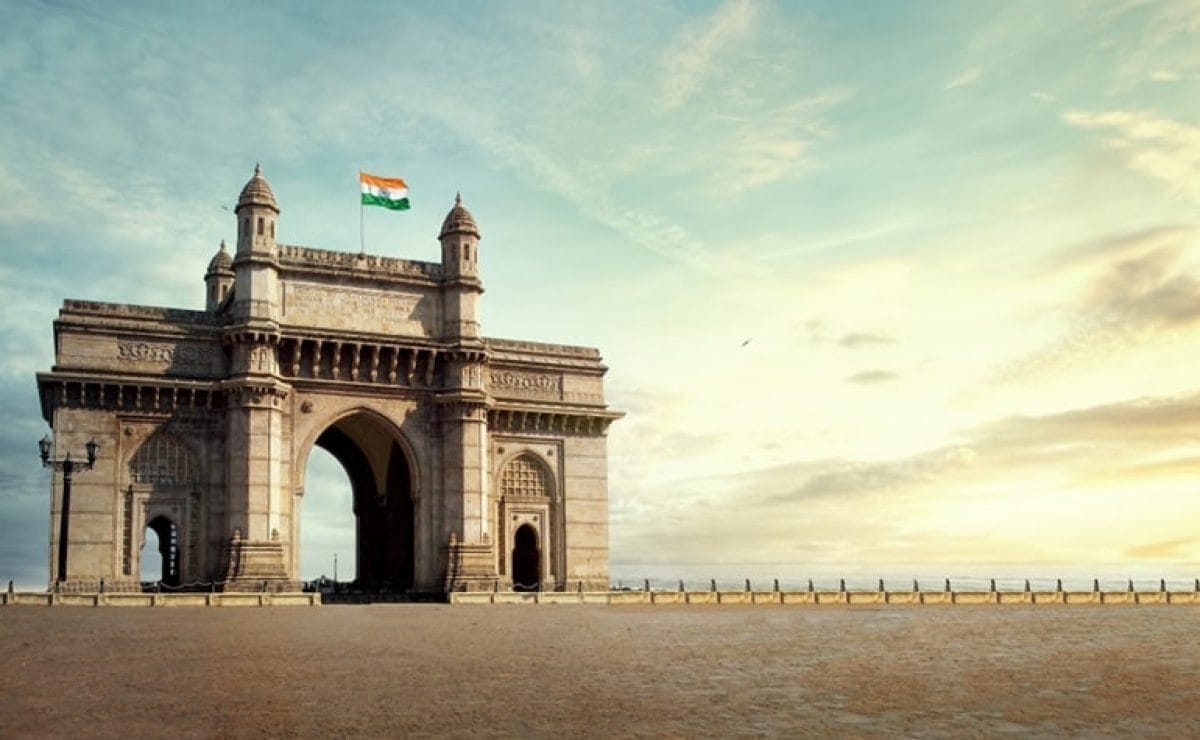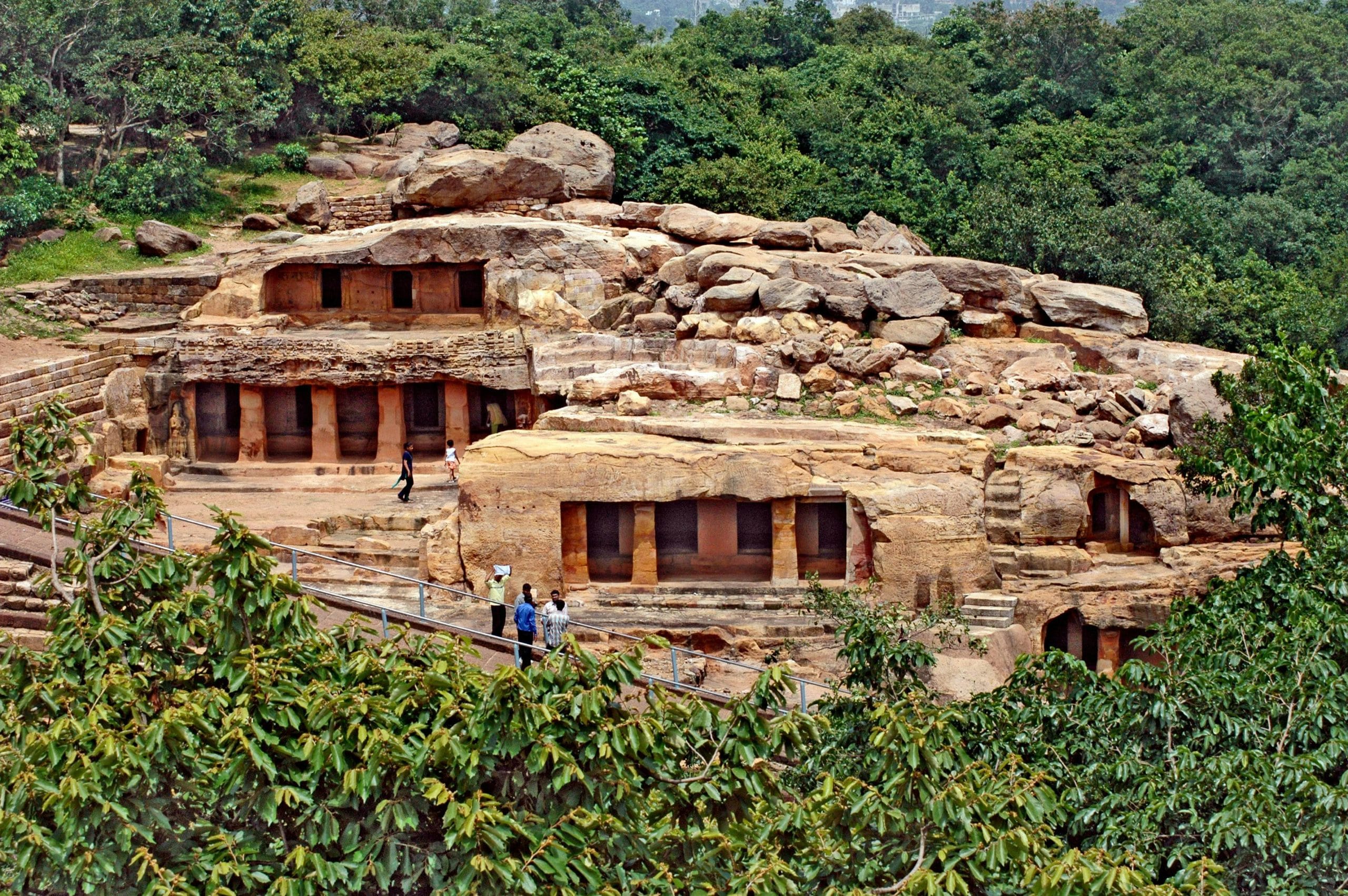
Nestled on the outskirts of Bhubaneswar, the capital city of Odisha, lie the twin hills of Udayagiri and Khandagiri. More than just geological formations, these hills are a treasure trove of history, art, and spirituality. Home to some of India’s most ancient and intricately carved Jain rock-cut caves, they offer a captivating journey back to the 1st century BCE. If you’re a history buff, an architecture enthusiast, or simply a curious traveler, the Udayagiri and Khandagiri Caves are an unmissable destination.
Join us as we explore the stories etched in stone, the architectural genius of a bygone era, and all the practical information you need to plan your visit to this incredible historical site in Eastern India.
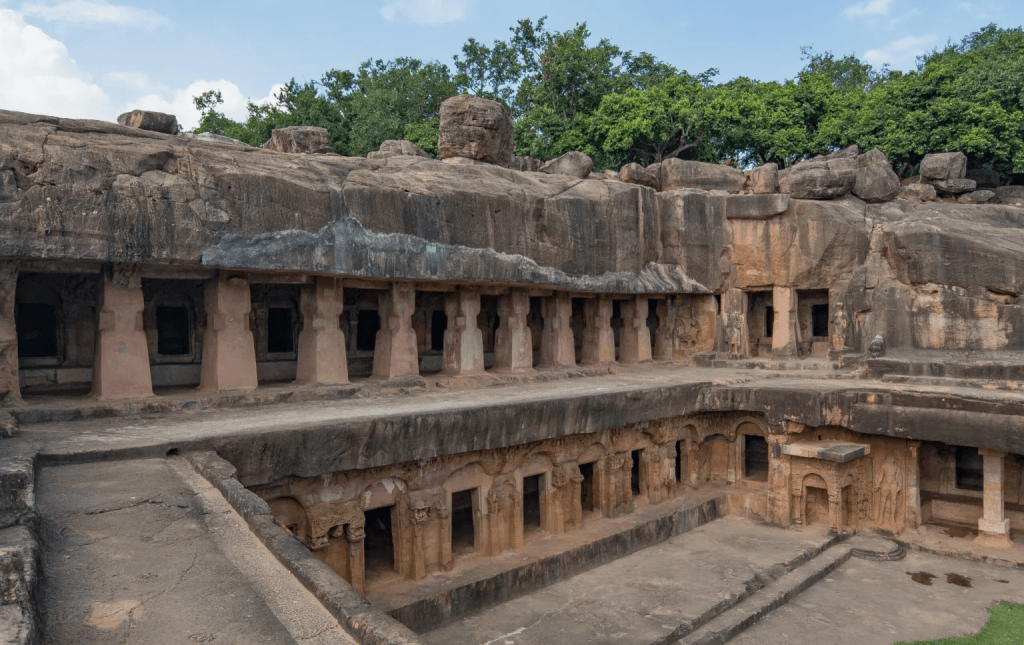
A Glimpse into History: The Legacy of Emperor Kharavela
The story of Udayagiri and Khandagiri is inextricably linked to the great Jain king, Mahameghavahana Kharavela, who ruled the Kalinga kingdom in the 1st century BCE. These caves were commissioned by him and his successors to serve as residential blocks, or monasteries (viharas), for Jain ascetics.
The most significant historical record is found in the Hathi Gumpha (Elephant Cave) on Udayagiri hill. Here, a 17-line inscription, famously known as the Hathigumpha inscription, details the military conquests, administrative prowess, and public welfare activities of Emperor Kharavela. It’s a crucial piece of evidence that illuminates the history of ancient India.
Udayagiri Caves: The Hill of Sunrise

The name Udayagiri translates to “Hill of Sunrise.” As the name suggests, it’s best to start your exploration here in the morning light. This hill houses 18 caves, each with its unique character and charm. The caves are a brilliant example of ancient rock-cut architecture, featuring detailed carvings that depict court scenes, royal processions, hunting expeditions, and mythological tales.
Key Attractions at Udayagiri:
- Rani Gumpha (Cave 1 – The Queen’s Cave): This is the largest and most magnificent cave in Udayagiri. It’s a double-storeyed monastery adorned with elaborate friezes and sculptures. The detailed carvings narrate stories of victory and celebration, providing a vivid window into the life and times of King Kharavela.
- Hathi Gumpha (Cave 14 – The Elephant Cave): While architecturally simple, this cave is historically the most important due to the famous Hathigumpha inscription that serves as a biography of the king.
- Ganesha Gumpha (Cave 10 – The Ganesha Cave): Named for the carving of Lord Ganesha at its entrance (a later addition), this cave is known for its intricate reliefs depicting the popular story of Udayana and Vasavadatta.
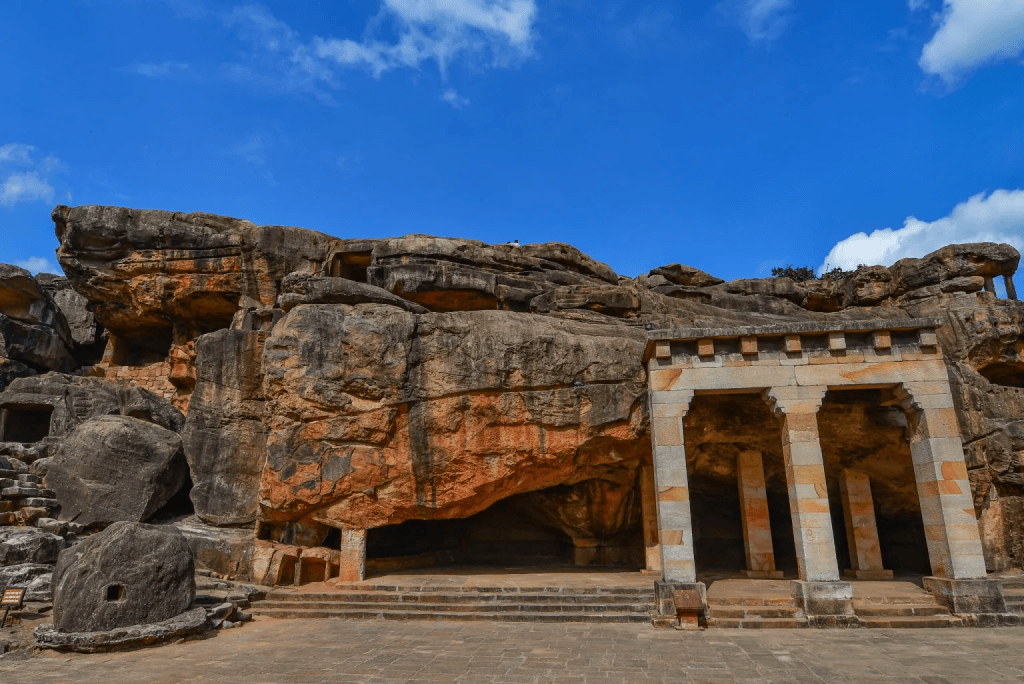
Khandagiri Caves: The Broken Hill

Just across the road from Udayagiri lies Khandagiri, which means “Broken Hill.” This hill has 15 caves. While some caves here were also carved during Kharavela’s reign, many show signs of later occupation and modifications. Several caves were converted into Hindu shrines during the medieval period, featuring carvings of deities from the Shaiva and Shakta traditions.
Key Attractions at Khandagiri:
- Ananta Gumpha (Cave 3 – The Serpent Cave): This cave is famous for its sculpted figures of women, elephants, and geese carrying flowers. The main arch is decorated with a beautifully carved serpent, giving the cave its name.
- Navamuni Gumpha (Cave 7): This cave features sculptures of nine Jain Tirthankaras, along with Sasana-Devis, added during the Somavamshi dynasty in the 10th-11th century CE.
- The View from the Top: A climb to the peak of Khandagiri is highly recommended. It offers a breathtaking panoramic view of the Udayagiri hills and the sprawling city of Bhubaneswar. At the summit, you’ll find a beautiful 18th-century Jain temple dedicated to Lord Rishabhanatha.
Architectural Marvels and Storytelling in Stone
The artistry of the Udayagiri and Khandagiri caves is simply astounding. The sculptors of the time were masters of their craft, transforming rugged sandstone into vibrant narratives. The carvings are not merely decorative; they are a rich source of information about the socio-cultural life of the era. You can see depictions of:
- Music and Dance: Figures playing various musical instruments and dancers in graceful postures.
- Royal Life: Scenes of the king in his court, royal processions, and military campaigns.
- Jain Beliefs: Symbols and motifs central to Jainism are subtly integrated into the artwork.
- Nature: Animals like elephants, lions, and serpents are carved with remarkable realism.
The architectural style is simple yet functional, designed to provide shelter and a space for meditation for the Jain monks. The cells are small and spartan, reflecting the ascetic lifestyle of their inhabitants.
Plan Your Visit: Practical Information
Ready to explore this historical wonder? Here’s everything you need to know.
- Location: The caves are located about 8 km from the center of Bhubaneswar, Odisha. They are easily accessible by auto-rickshaw, taxi, or local buses.
- Timings: The caves are open from sunrise to sunset, typically from 6:00 AM to 6:00 PM.
- Entry Fee:
- For Indian citizens, SAARC, and BIMSTEC visitors: ₹25 per person.
- For foreign nationals: ₹300 per person.
- Children below 15 years: Free entry.
- Best Time to Visit: The best time to visit Bhubaneswar is during the winter months, from October to February. The weather is cool and pleasant, making it ideal for exploring the outdoor site. Avoid the scorching summer months (March to June).
- Tips for Visitors:
- Wear comfortable walking shoes as you will need to do a fair bit of climbing.
- Carry a water bottle and stay hydrated.
- Hiring a licensed guide can greatly enhance your experience, as they can explain the history and stories behind the carvings.
- Allocate at least 2-3 hours to explore both hills thoroughly.
The Udayagiri and Khandagiri Caves are more than just an archaeological site; they are a testament to India’s rich cultural, religious, and artistic heritage. A walk through these ancient monasteries is a walk through time itself, offering a profound connection to the past. Whether you are exploring the grand Rani Gumpha or deciphering the ancient script in Hathi Gumpha, this historical gem in Odisha promises an unforgettable experience.


